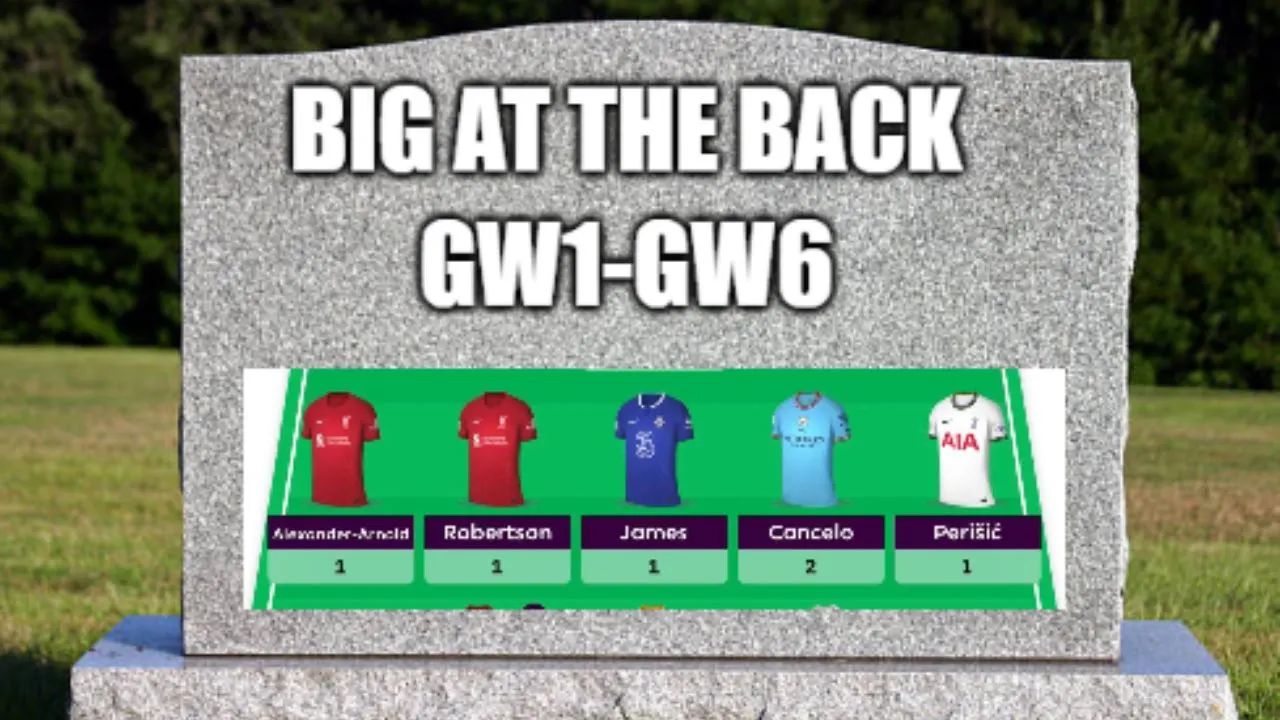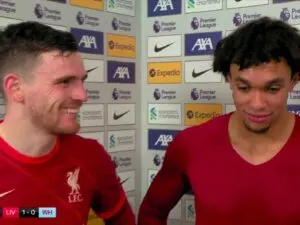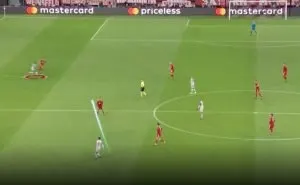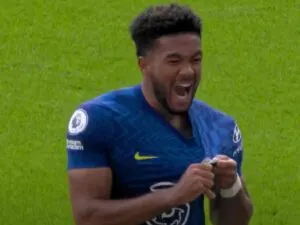Football has undergone a very noticeable evolution over this past decade, and the changes are related to the very manner in which teams take to the pitch.
The abilities to dominate possession coupled with intricate passing sequences were mostly associated with Europe’s best teams up until a few years ago.
In contrast, most mid-table sides nowadays look to replicate that very fashion, and ideas such as pressing and playing out from the back have become the standard.
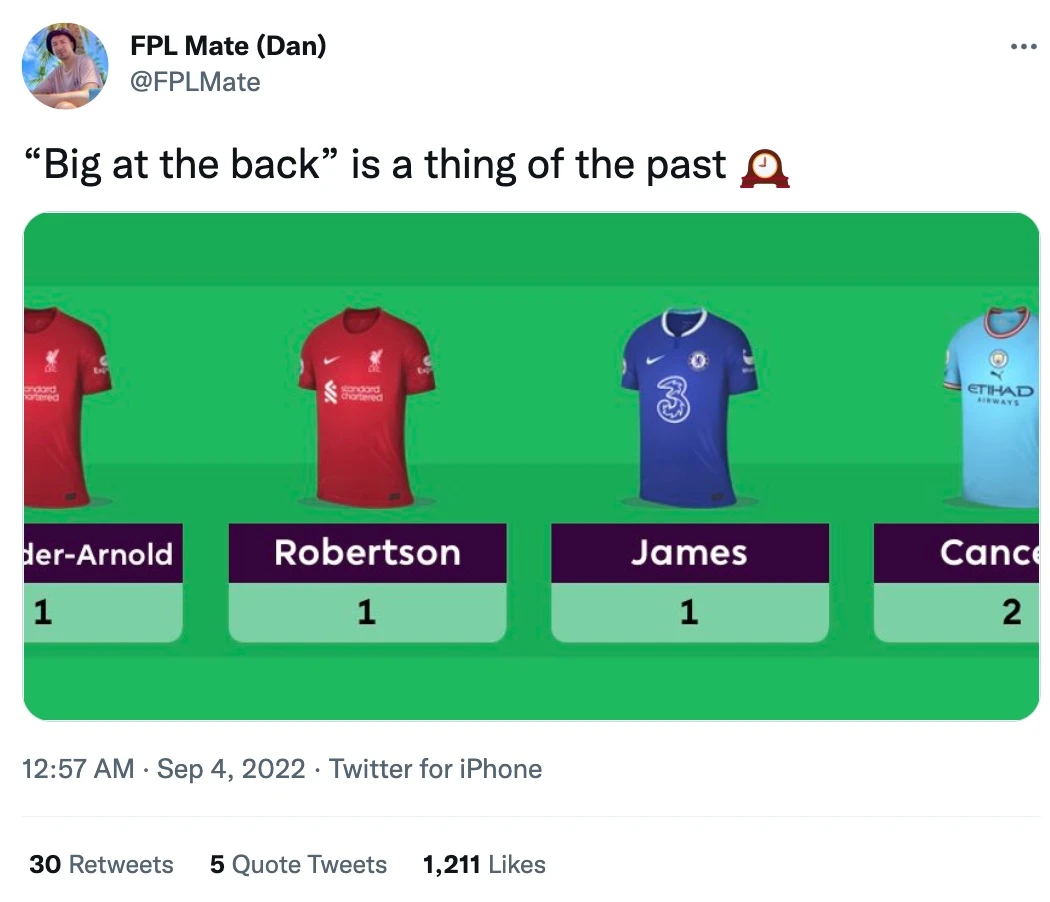
The game’s evolution is perhaps best reflected by the development of the fullback role, with teams such as Liverpool, Manchester City, and Chelsea spearheading it.
While fullbacks are primarily deployed on either side of the defence, the modern game demands that they bombard forward.
This is nothing new of course, as underlapping and overlapping runs have typically been common features of the position.
However, the game’s evolution has seen them tuck into midfield at times, acting as suppliers and goalscorers.
Notable examples include Trent Alexander-Arnold, who carries a sublime G/A record, and Reece James, who often looks like the primary attacking output for Chelsea.
In parallel with this change in the sport, FPL has seen a strategic evolution as well.
Previously, strategies relied on the marquee men up front to get all the points, with most managers setting up in a 3-4-3.
But players soon took note of the freedom granted to fullbacks, and deploying 5 defenders has become fairly common since.
This led to the creation of an FPL strategy best known as ‘Big at the Back’, which, as the name suggests, relies on the defense to bring home the points.
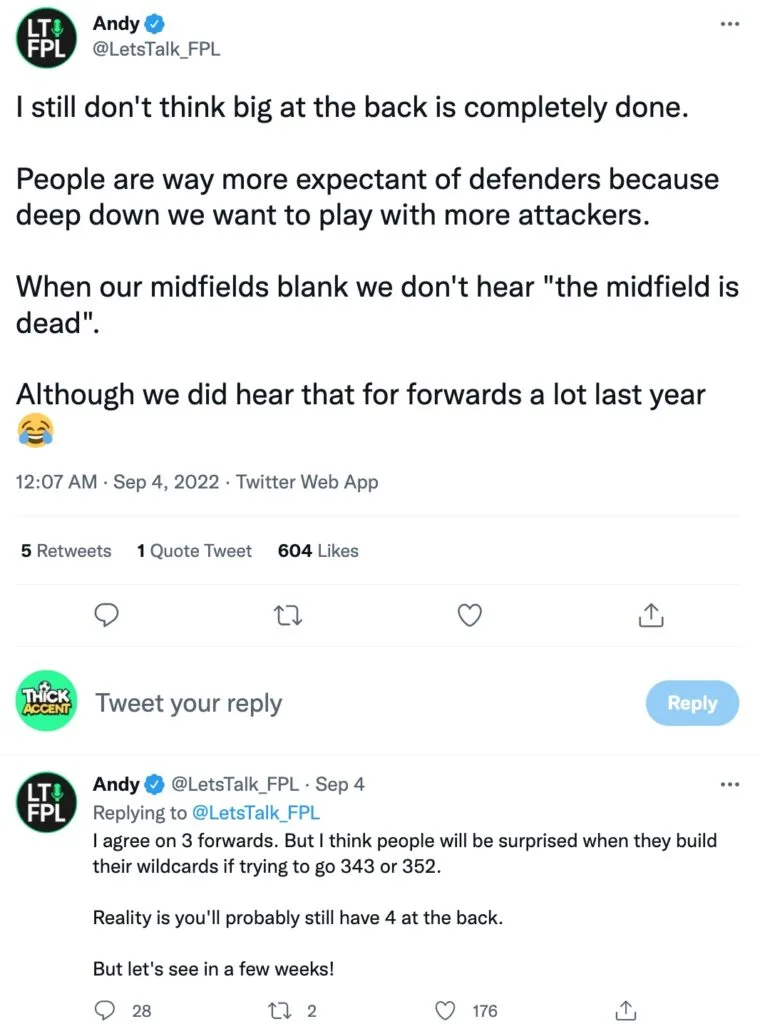
Your standard centre-back will usually earn points through a high passing success rate, clearances, blocks, tackles etc.
On the other hand, fullbacks net points through successful crosses, completed dribbles, goals, assists etc.
This system gives fullbacks the advantage, especially elite ones, as they are usually granted positional freedom.
A look at the highest scoring defenders last season backs this up, as out of the top 5, three were fullbacks (TAA, Joao Cancelo, Andrew Robertson).
In fact, the trio were also among the highest scoring players overall, netting 208, 201 and 186 points respectively.
The main allure of spending big on defence is the prices themselves.
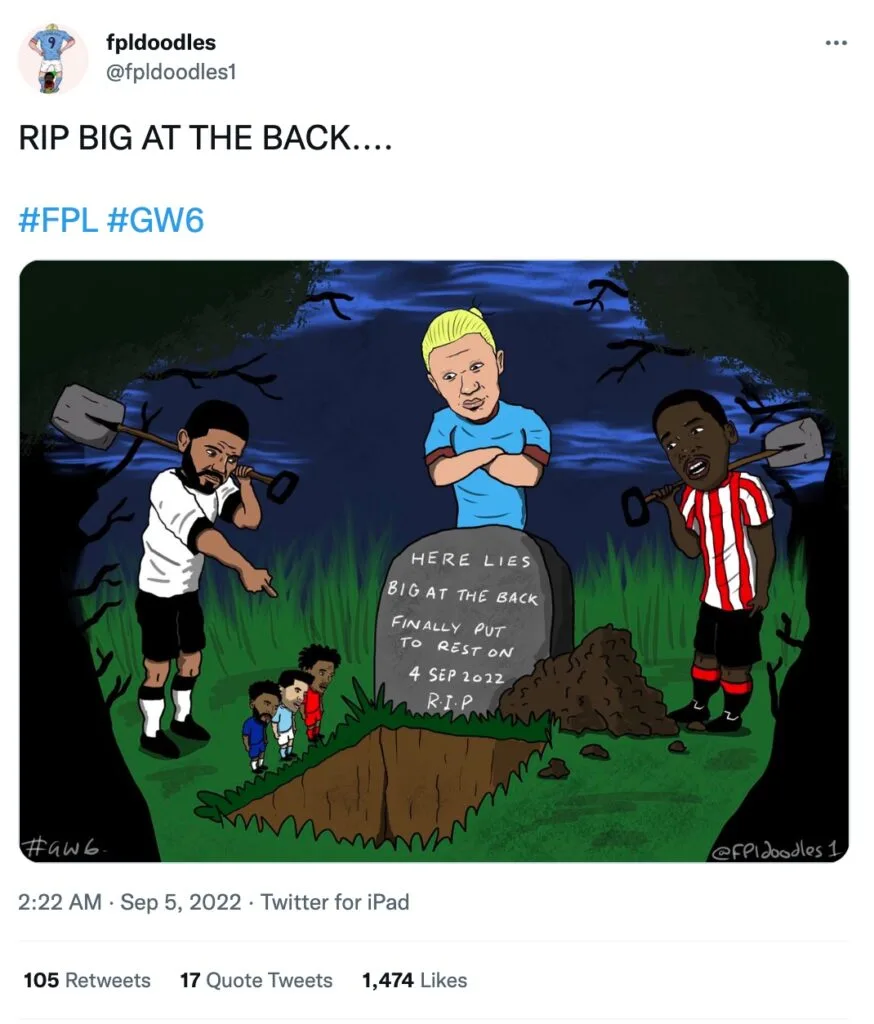
Reliable options such as Ben Chilwell and Reece James will set you back just £6m each, while the aforementioned high-scoring trio are available in the range of £7-£7.5m.
It’s easy to see the price proposition since other high scorers such as Erling Haaland (£12m), Mo Salah (£13m), and Son Heung-Min (£11.7m) are certain to heavily dent your wallet.
Going ‘Big at the Back’ can be a gamble at times, which is why it is best to keep an eye on the form graph before implementing it.
At the moment, it’s best to shy away from this setup, as uncertainties loom around the likes of Robertson, TAA, Ben Chilwell etc.

